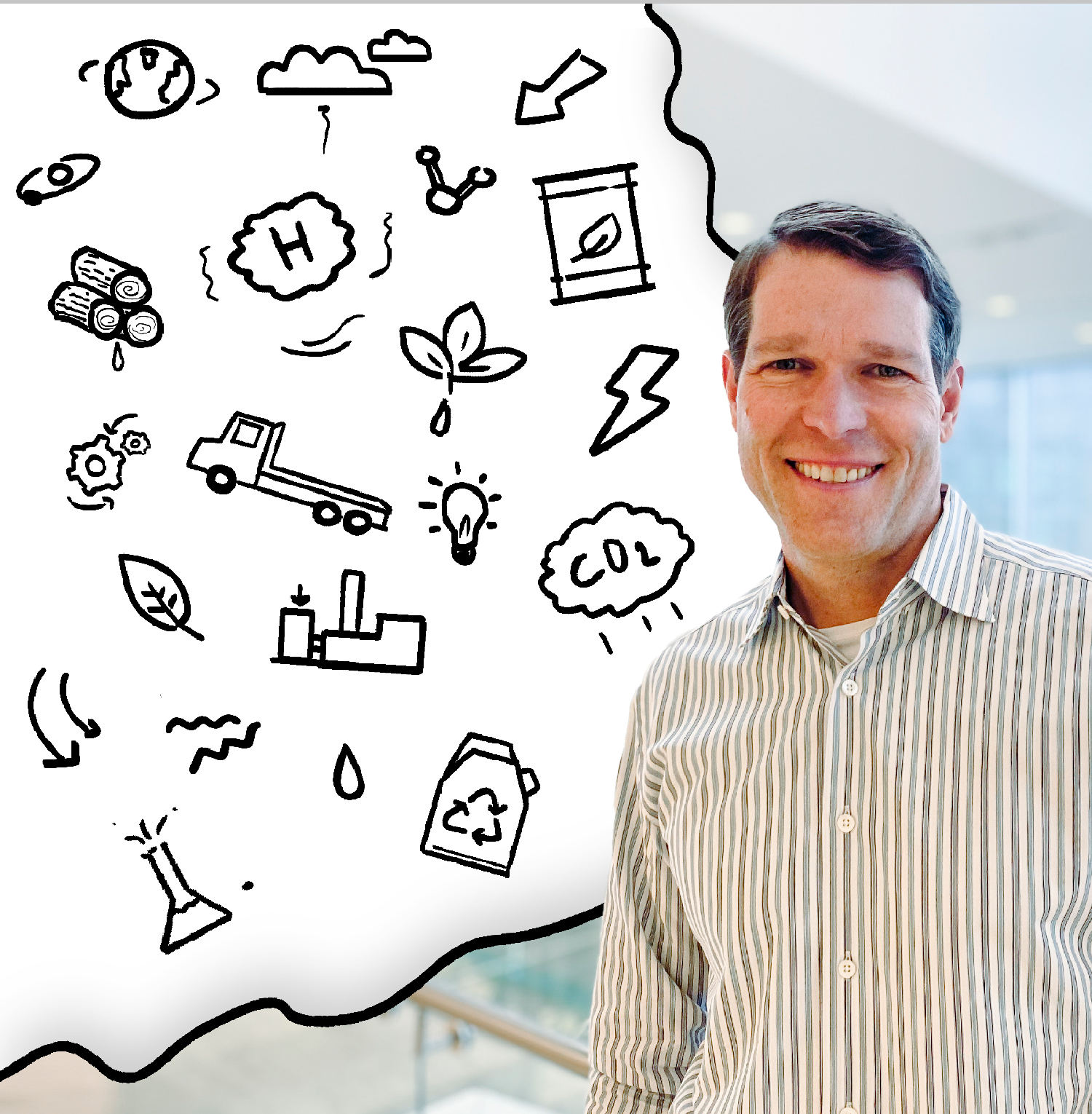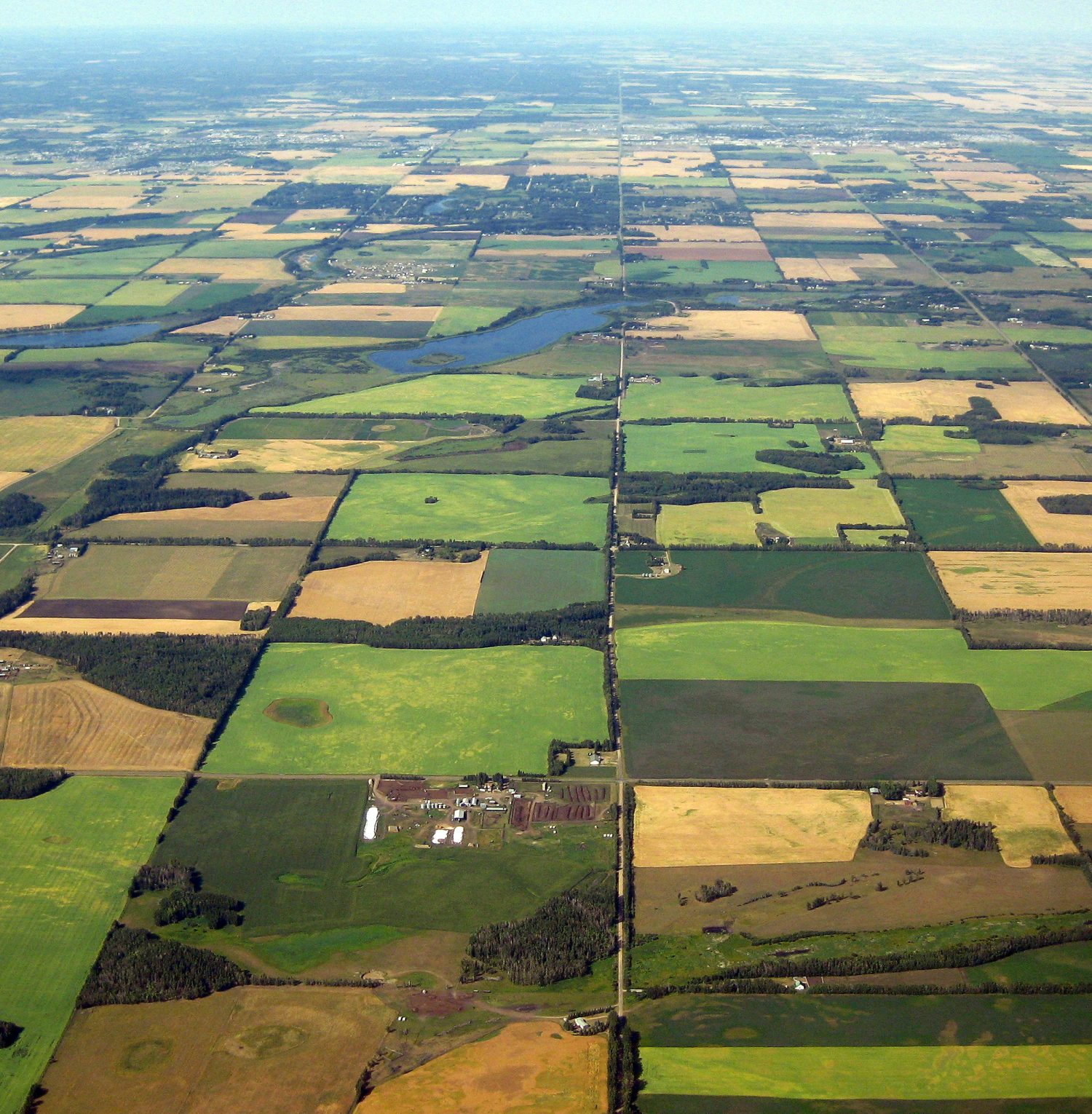Energy Factor: Thanks for speaking with us. Can you start by explaining what “low carbon” or “low emission” fuels are?
Tim McMinn: It’s a broad term, but generally, a lower-emission fuel is any kind of fuel that generates fewer emissions through its entire life cycle compared to traditional fuels. Biofuels are one type of fuel that can be low carbon, because they’re derived from renewable sources like plants, waste biomass and algae. There are other low-emission fuels as well. Things like e-Fuels, which are synthetic fuels made from hydrogen and captured carbon dioxide, are included. Other examples of low-emission fuels include various low-carbon hydrogens, renewable electricity and low-carbon liquid fossil fuels.
EF: When you look at the big picture of lowering emissions, what makes biofuels an attractive option?
TM: Biofuels can be a “drop in” fuel, which is a way of saying that you can use them in existing engines without modifying or overhauling them. Drop-in fuels are critical to making low-emission fuels economically viable. So, when we think about the role of biofuels, they’re certainly for the long term – specifically in sectors that are proving harder to decarbonize, like aviation, marine and heavy-duty trucking. But there’s also a near-term use case for blending immediately and reducing the carbon intensity of today’s light-duty vehicle fleet. We see it as a transition that’s going to be critical in achieving society’s ambitions to lower emissions over the next couple of decades.
EF: You mentioned life cycle earlier. Can you talk about why that’s important?
TM: We think of the life cycle on a “well-to-wheel” analysis. You need to look at fuels from origination to processing to end use to really understand their emissions impact. The benefit of a biofuel is that its carbon has been drawn from the atmosphere to feed the plant’s growth, and when the fuel is burned, that carbon is returned to the atmosphere without a net increase in atmospheric carbon. Of course, there are emissions associated with the production of biofuels that life cycle studies take into account. But you can also store some of the carbon associated with biofuel production and create net-negative carbon fuels, lubricants, or even hydrogen. This is what we call BECCS, or bio-energy with carbon capture and storage. The important thing to remember is that it’s in the overall life cycle where the positive environmental impact can be measured, not just at the gas tank that you and I fill at the end of the chain.
EF: What do you think the future looks like for biofuels?
TM: Today, we’re seeing two things. One is the rapid expansion of biofuels based on what we call “first generation feeds”, like corn and vegetable oils. However, we’re also seeing the advancement of biofuels based on “second-generation feed,” which are non-food feedstocks. Think of waste cooking oils, animal fats, logging waste in forestry and agricultural residue that would be otherwise left on the field. I think when we talk about the biofuels world in the years to come, it’ll be much more about utilizing lower-carbon-intensity feedstocks like these. And there’s a lot of it available – more than twenty million barrels a day of oil equivalent according to the International Energy Agency (IEA) – if policy incentives are present to drive the development of their supply chains. So we think lower-carbon biofuels fuels will play a big role in reducing emissions for decades to come.
EF: Why is ExxonMobil uniquely positioned to accelerate biofuel technology?
TM: We’ve been participating in the biofuels markets for more than a decade, so we understand the supply chains and we understand how the fuels perform. Just as important, though, we have an endowment of technology capabilities that position us well to innovate and participate directly in various biofuel production value chains.
EF: We’ve talked extensively about biofuels, but are there any other relevant technologies you’d like to mention in the field of low-emission energy solutions?
TM: Yes, hydrogen’s a great one. When you burn hydrogen, there are zero carbon emissions at the point of use. So on a full life cycle basis, it all depends on how you make the hydrogen. If you use a lower-emission pathway to produce the hydrogen, then hydrogen will be a low-emission fuel. A great example of a low-emission pathway is conventional hydrogen production with carbon capture and storage, which is often called blue hydrogen.
Many of these low-carbon solutions – the biofuels, the low-emission fuels – have brought us into important partnerships with entrepreneurs, universities and governments around the world. It’s been a learning experience for the entire energy industry, but we’ve brought our resources and expertise to the forefront to turn many of these initiatives into reality. And we’ll continue to do so.
EF: What are some upcoming initiatives or partnerships that ExxonMobil has in the works for low-emission fuels?
TM: We’re excited about our work across a lot of initiatives. For example, last year we announced a renewable diesel project at Imperial Oil’s Strathcona refinery in Edmonton, Canada. We’re working with a Norwegian company called Biojet AS to develop biofuels from forestry waste. And there’s Global Clean Energy (GCE) in California, which is developing renewable diesel based on a novel camelina crop. And we’re working with Porsche to test the next generation of e-Fuels. It’s a dynamic space and I am really excited to see it continue to progress.
EF: That’s great. Thank you for your time.




